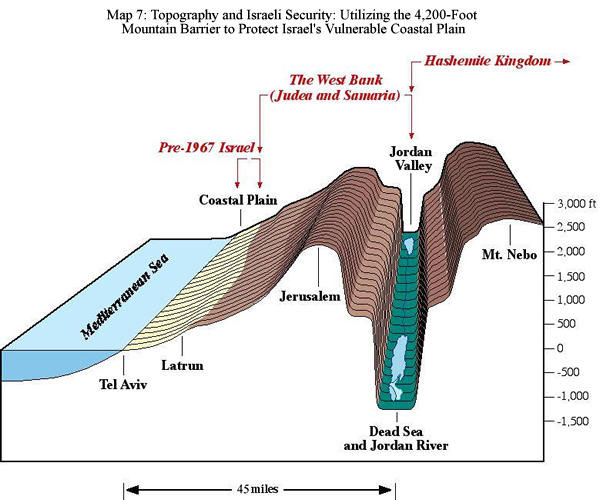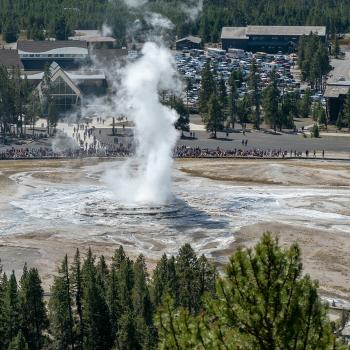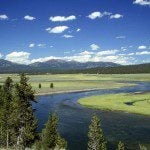
Some notes drawn from John W. Welch, et al., eds. Knowing Why: 137 Evidences That the Book of Mormon Is True (American Fork: Covenant Communications, 2017), 12-14.:
1.
“Did Ancient Israelites Write in Egyptian?” (18-19)
Joseph Smith and the Book of Mormon were mocked in the nineteenth century for its notion that at least some Hebrews would have written in Egyptian or Egyptian script. And yet, “In this respect, the Book of Mormon has aged better than its detractors” (19).
Since the publication of the book in 1830, multiple examples have been found of texts — ranging in date from six centuries prior to Lehi until considerably after his time — written in a Hebrew-related language but using a hieratic Egyptian script. These include one short item, which dates to about four centuries after Lehi, containing an Aramaic translation of Psalm 20:2-6 that is written in Egyptian characters.
Other texts from the very time of Lehi mingle Hebrew and hieratic Egyptian characters, and Dr. David Calabro has argued that there was actually an independent hieratic scribal tradition in Judah itself.
Once seemingly fanciful and outlandish in this regard, the Book of Mormon’s portrayal of a Hebrew society in which an Egyptian writing system was cultivated now seems perfectly reasonable and entirely plausible.
2.
“Did Lehi Use the Poetry of the Ancient Bedouin?” (20-21)
As early as 1950, Hugh Nibley pointed out that the story of Lehi was at home among accounts of Arabian desert shaykhs, and, in particular, that Lehi’s eloquent exhortations to his wayward sons Laman and Lemuel were redolent of the specific themes and interests of ancient Arabian desert poetry:
9 And when my father saw that the waters of the river emptied into the fountain of the Red Sea, he spake unto Laman, saying: O that thou mightest be like unto this river, continually running into the fountain of all righteousness!
10 And he also spake unto Lemuel: O that thou mightest be like unto this valley, firm and steadfast, and immovable in keeping the commandments of the Lord! (1 Nephi 2)
3.
“Why Did Nephi Always Go Down to the Wilderness and Up to Jerusalem?” (22-24)
Consistently and remarkably, 1 Nephi describes moving toward Jerusalem as an ascent and moving away from Jerusalem as a descent.
This is geographically correct, of course, as Jerusalem sits on a mountain ridge between the coastal Mediterranean plain and the Jordan rift valley. But, although a seemingly small detail, it’s also important symbolically and theologically and it conforms to ancient Hebrew usage.
Back on 30 April 2015, I published a column in the Deseret News on the subject:











